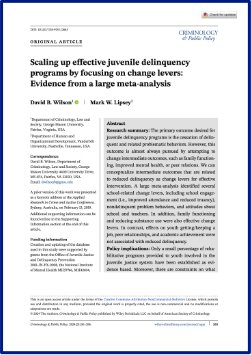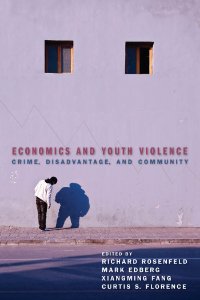By The Southern Poverty Law Center
When it comes to Georgia’s approach to its youth legal system, the past is prologue. Policies that emphasize youth incarceration over rehabilitation have political roots going back decades in the state. Rather than providing young people with needed services, this approach has led to vast racial disparities, systematic school pushout, well-documented harms meriting federal intervention, and significant fiscal waste. This report explores the policies and practices of Georgia’s youth legal system, as well as the political culture that undergirds it. Georgia has a youth legal system that is designed to incarcerate and punish, not restore or rehabilitate children.
• Georgia has a history of “tough on crime” laws, even though youth crime decreased by 80% in the state between 2000 and 2020. • Georgia is one of the few states in the U.S. that prosecutes 17-yearolds as adults and prosecutes children as young as 13 as adults for certain offenses – detaining them in adult facilities. • Georgia’s youth detention facilities have a well-documented history of physical and sexual abuse – including the death of three teenagers within weeks of each other in 2022. • Georgia’s Macon Youth Development Campus for incarcerated girls is the fourthmost sexually abusive detainment facility in the U.S., according to a national survey. 4 Georgia has a school-to-prison pipeline that is fueled by a reliance on zero-tolerance policies and alternative schools. • While Black children in Georgia’s schools make up 37.5% of students, they also make up well over half of all out-of-school suspensions, expulsions, and assignments to alternative schools. • Several Georgia alternative schools, designed to educate students deemed too “disruptive” for traditional school, have dropout rates higher than their graduation rates. • Georgia’s zero-tolerance policies often lead to the suspension of students for minor infractions like vaping, which produced over 22,000 disciplinary actions in the 2022-23 school year. • Only 4.8% of incarcerated children educated in Georgia’s detention facilities tested as “proficient” or better on their 2022-23 end-of-grade assessments, with 29.9% dropping out of school that same year. Georgia’s youth legal system is fiscally wasteful and disproportionately impacts Black children. • Black youth in Georgia are more than twice as likely to be charged with an offense compared to their white counterparts, and more than three times as likely to be charged in court as an adult. • Black youth make up 35.5% of youth in Georgia, but comprise over 60% of all youth court referrals, delinquent adjudications, youth that are incarcerated, and youth sentenced in adult court. • Georgia spends $217,517 annually to incarcerate a child in its system, only to produce a threeyear recidivism rate of 35.1%.Policy reforms in Georgia should commit to a system designed to disrupt the schoolto-prison pipeline, reduce harm to children, and rehabilitate young people in a costproductive way. The Southern Poverty Law Center recommends: 1. Georgia should raise the minimum age of youth incarceration and prosecution to at least 14 years old, while ending the practice of charging and prosecuting 17-year-olds as adults. 2. Georgia schools should enforce fair and consistent due process hearings and end the use of zero-tolerance policies. 3. Georgia should make nonviolent offenses, especially technical violations and minor drug offenses, nonjailable for children. 4. Georgia should prohibit the assessment and collection of court fines and fees against children. 5. Georgia should create more opportunities for diversion and invest greater resources in community-based alternatives to incarceration. 6. Georgia should ban the practice of incarcerating youth in adult facilities and sentencing youth to life without parole.
Montgomery, AL: Southern Poverty Law Center, 2024. 26p.





















